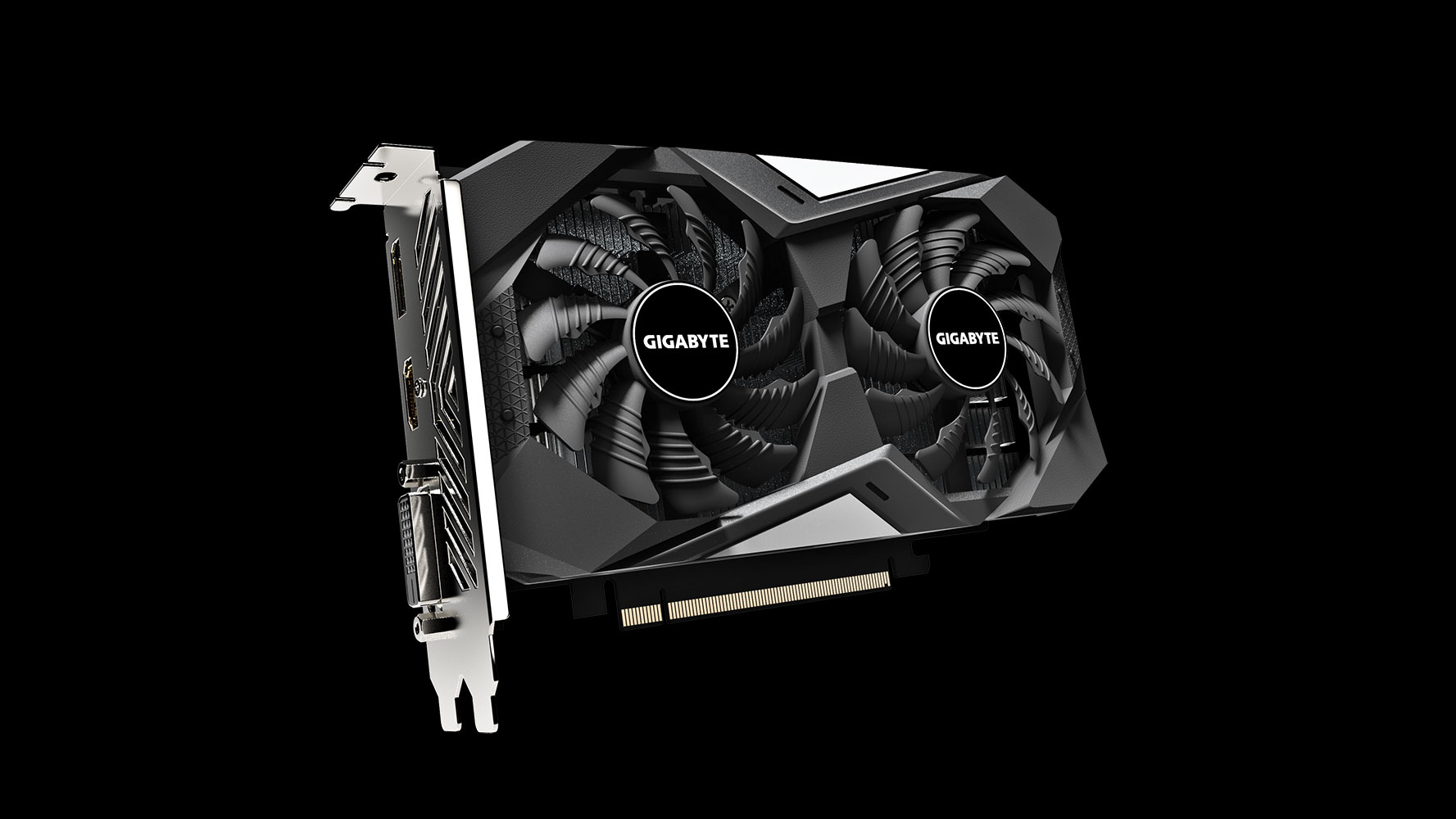
Rumors are circulating that the Nvidia GTX 16-series has finally been discontinued. According to Board Channels sources cited by VideoCardz, Nvidia's last remaining Turing architecture GPUs for GTX 16-series graphics cards have been allocated to its AIBs. Once these run out, budget gamers will have to look elsewhere — we'd suggest AMD or Intel, as they have the least expensive of the best graphics cards. This would also mark the end of the GTX era after a 19-year run, should these rumors prove true.
A machine translation of the Board Channels post says that an Nvidia GPU roadmap seen by a forum member shows that the GeForce GTX 16-series is "completely discontinued in the first quarter of 2024." AIBs will continue to assemble and sell GTX 16-series cards while inventories last, which could take some time, but according to the source the last of the GTX cards will disappear from shelves "within the next 1–3 months."
At present, the only remaining GeForce GTX 16-series products are the anemic GTX 1630 and slightly less anemic GTX 1650. The GTX 1660 family has long since been retired, along with any Super variants. Nvidia continues to support these GPUs with its latest drivers and will likely do so for at least a few more years, but the performance has been quite lacking for some time.
Once the last GTX 1630 and GTX 1650 cards are gone, the lowest cost choice for Nvidia GPUs becomes the recently introduced RTX 3050 6GB. Perhaps the timing of the arrival of the lower-spec RTX 3050 and this purported roadmap decision are somehow related. It might also mean that we will see some lower-tier GeForce RTX cards, or the RTX 4050 might come to the world of PC desktops.
The last gasp of the GTX era?
The GTX branding first showed up on Nvidia's GeForce 7800 GTX back in 2005. It was 'only' a suffix at the time, but would later move to the front of the product name with the GeForce GTX 280 in 2008. It became the marquee brand for Nvidia up until the RTX 20-series debuted ten years later, but reappeared in 2019 with the budget-oriented GTX 16-series that lacked the extra RTX features like ray tracing and tensor cores.
While the GTX 16-series and RTX 20-series use the same Turing architecture, the silicon was cut down and the largest chips were only 284 mm^2 (while the smallest RTX chips were 445 mm^2). The fastest GTX 1660 Ti also only came with 24 SMs (streaming multiprocessors) while the slowest RTX 2060 had 30 SMs. The writing has been on the wall for GTX branding ever since.
With the Ampere architecture and RTX 30-series GPUs, Nvidia never bothered to replace the budget-oriented GTX 16-series. The least expensive model was the RTX 3050 8GB, and only recently has the RTX 3050 6GB supplanted it — which arrived after all the RTX 40-series GPUs were launched. Given Nvidia's focus on ray tracing and AI, we suspect it will never bring back another GTX card. Assuming these rumors about the end of Turing TU117 production are correct, it will truly mark the end of an era. So, farewell GTX. You had a good run.







